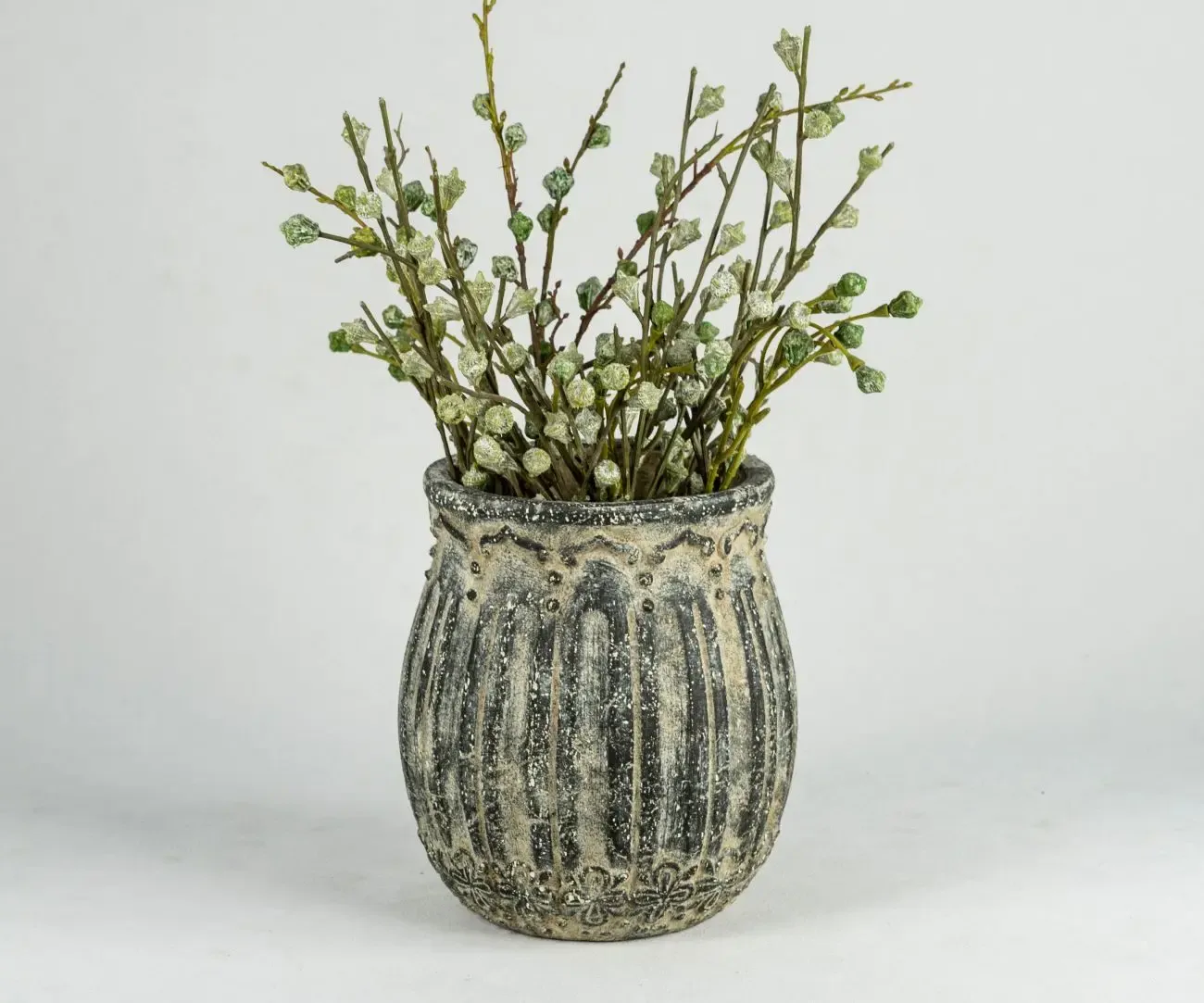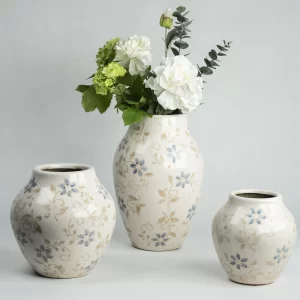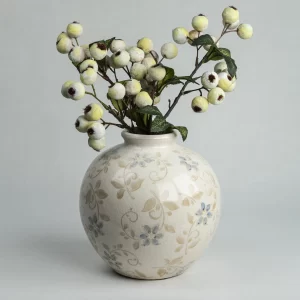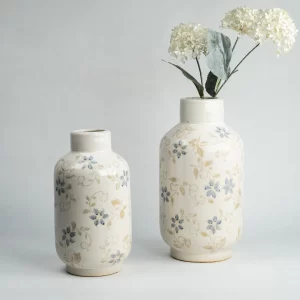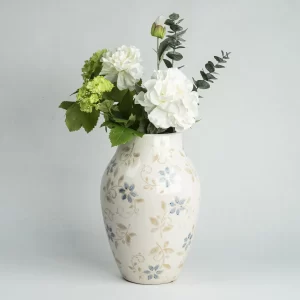It is well known that selecting the appropriate ceramic planter is not only an aesthetic decision; the wrong size can negatively impact root health, alter the plant’s water needs, and make it more difficult to properly maintain your plants.
This guide, delivered by Santai, a professional ceramic garden decor manufacturer, will walk you through measuring your existing planter, selecting your planter based on plant type and growth stage, and working through space and materials, so you can give your plants the best conditions to thrive.
Why Planter Size Matters
There are two common problems caused by the planter size: a too small planter will restrain the growth of the root; a planter that is too large will cause hold too much water, which may lead to root rot. A matched ceramic planter is rather important for the healthy development of the plant. Due to its balanced root system with good drainage and stability, it supports both growth and appearance.
Basic Terms to Know
- Top diameter — the widest opening of the pot.
- Depth — from rim to base; crucial for taproots.
- Root ball — the plant’s current root mass; measure it before choosing a new pot.
- Volume — useful when calculating potting-mix needed (see Soil Volume section).
Quick Measuring Rule (Easy First Step)
Measure the root ball or nursery pot diameter. For most plants, choose a planter size that is 2–4 inches (5–10 cm) larger in diameter than the root ball. This gives room for root growth without creating an unnecessarily large soil mass that stays wet.
Examples:
- Seedlings/succulents: +1–2 in (2.5–5 cm)
- Small houseplants: +2–4 in (5–10 cm)
- Large shrubs/vegetables: +4–6 in (10–15 cm) or more, depending on growth habit
In addition, the ideal depth should be roughly equal to or slightly greater than the height of the original root ball. A planter that is too deep at the bottom is prone to water accumulation, especially in cases of poor drainage. Even if the diameter is appropriate, it may lead to root rot.
Choosing By Plant Type
Succulents & cacti
- Prefer shallow, slightly snug pots. A shallow ceramic planter just a couple of inches larger than the root ball promotes quick drainage and prevents rot.
Herbs & Mediterranean plants
- Moderate width with 8–12 cm depth works well. Use a planter size that allows 1–2 years of growth between repottings.
Tropical houseplants (Monstera, Philodendron, Calathea)
- These prefer moisture retention — choose a ceramic planter with a glazed interior or use a liner; pick a planter size 2–4 in larger and prioritize depth for root expansion.
Vegetables & deep-rooted plants (tomato, pepper)
- Deep and wide pots (≥30 cm / 12 in) are recommended. Taller ceramic planters give stability and room for robust root systems.
Trees & large shrubs
- Start in a nursery pot, then move to a sizeable ceramic planter with room to grow; note that very large ceramic pots are heavy — plan logistics for placement and movement.
Growth Stages — How Often to Upsize
- Seedling stage: keep snug to prevent waterlogging.
- Growing stage: increase planter size incrementally — typically 2–3 inches per repot.
- Mature stage: pot only when root-bound or when replacing soil; very large jumps can cause overwatering issues.
Avoid the temptation to “jump” several sizes at once — oversized pots hold too much moisture and can suffocate roots.
Depth vs Width — Which Matters More?
- Taprooted plants (some trees, vegetables) need depth — prioritize planter depth.
- Fibrous-root plants (grasses, many houseplants) spread laterally — prioritize width.
When in doubt, choose a slightly wider pot rather than a much deeper one, unless the plant has a known deep root habit. Because the risk of root rot will be less due to the wider one gives the root a comfortable environment to grow horizontally and without holding too much moisture.
Materials and Weight Considerations
A heavy ceramic planter is good for tall plants because of its stability, although it may be harder to move when it is needed. For balconies or rooftop gardens, consider lightweight composite pots that mimic a ceramic look. If you insist on a heavy glazed or stoneware ceramic planter, plan for the installation method (furniture sliders, stands) and ensure surfaces can support the weight.
Soil Volume & Simple Calculation
To estimate the potting mix needed for a round ceramic planter: approximate volume as a cylinder:
V ≈ π × r² × h.
Allow 10–15% of the bottom for drainage material (pebbles) if desired, though many gardeners recommend relying on soil mix and drainage holes rather than a large gravel layer. Gravel layers create a “perched water table,” actually hindering drainage. Relying on good drainage holes and airy soil mixes is the best practice for root health.
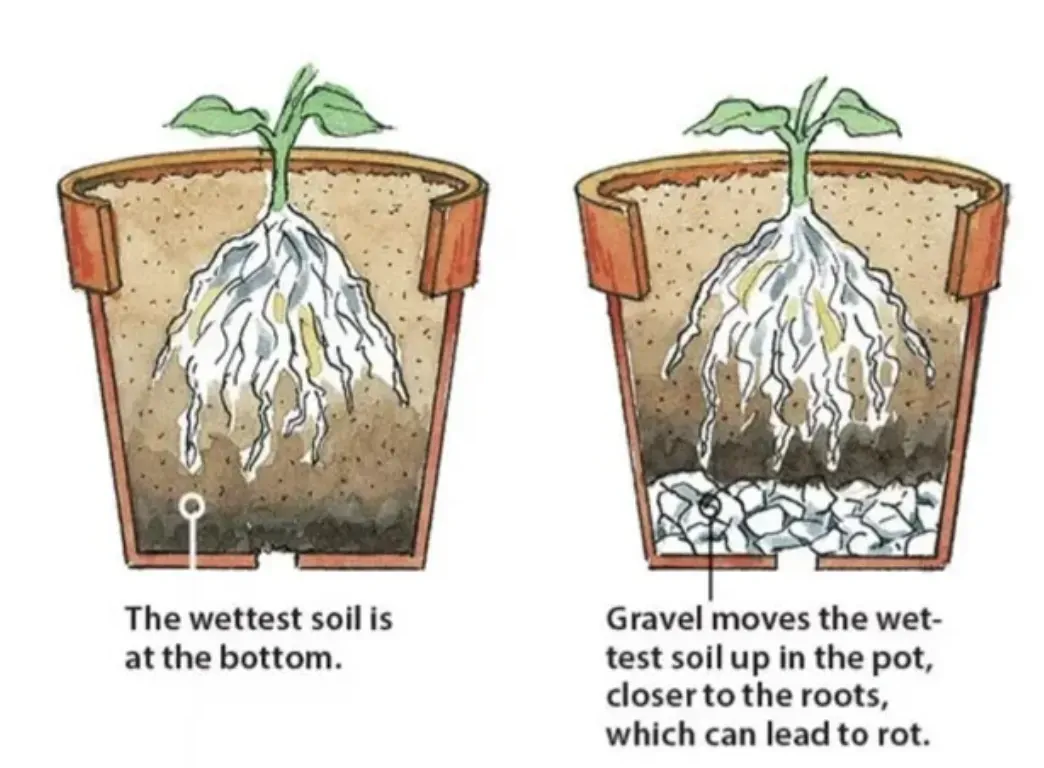
Practical checks before buying
- Does the ceramic planter have a drainage hole? (Essential for most plants.)
- Is the planter size appropriate for the intended growth period?
- Can you easily move the pot if needed? (Consider weight with wet soil.)
- Is the finish (glazed vs unglazed) compatible with the plant’s moisture needs?
- For outdoor placements, ensure frost resistance and low water absorption.
Compare finishes(glazed vs unglazed), click here
Quick Troubleshooting
- Plant wilting in a large pot: likely overwatering — reduce water, improve drainage, or repot into a smaller planter size.
- Roots circling at the surface: plant is root-bound — choose the next planter size up and tease roots gently.
- Pot tipping over: choose a wider base or add weight at the bottom for stability.
Buying Tips for Retailers & Homeowners
For retailers or B2B buyers: stock a range of standard planter size families (small/medium/large/floor) that scale proportionally — e.g., 12/18/24/36 cm diameters — to give customers quick matching options. Offer liners and saucers as cross-sell items to solve drainage or mobility concerns.
For homeowners, measure your space and choose a planter 2 to 4 inches larger than the root ball; prioritize drainage or use a liner for decorative pots. Consider weight and mobility for balconies; prefer glazed interiors for moisture-loving plants and unglazed options (with liners) for succulents.
Schlussfolgerung
Choosing the right ceramic planter is a balance of plant needs, space constraints, and practical handling. Use the simple rule of thumb — planter size 2–4 inches larger than the root ball for most plants — and adjust for root type (deep vs. spreading), growth rate, and climate. With the right pot, your plants will look better and live longer.
Über Santai

Unter Santai, artistry meets precision. As a professioneller Hersteller von Keramikdekor, we blend traditional hand-painting techniques with modern automated production to achieve both individuality and scale, forming our special wholesale ceramic planters. Each custom ceramic decor solution follows a carefully standardized process and a globally recognized QA system, ensuring every vase and planter delivers refined craftsmanship and lasting quality.

